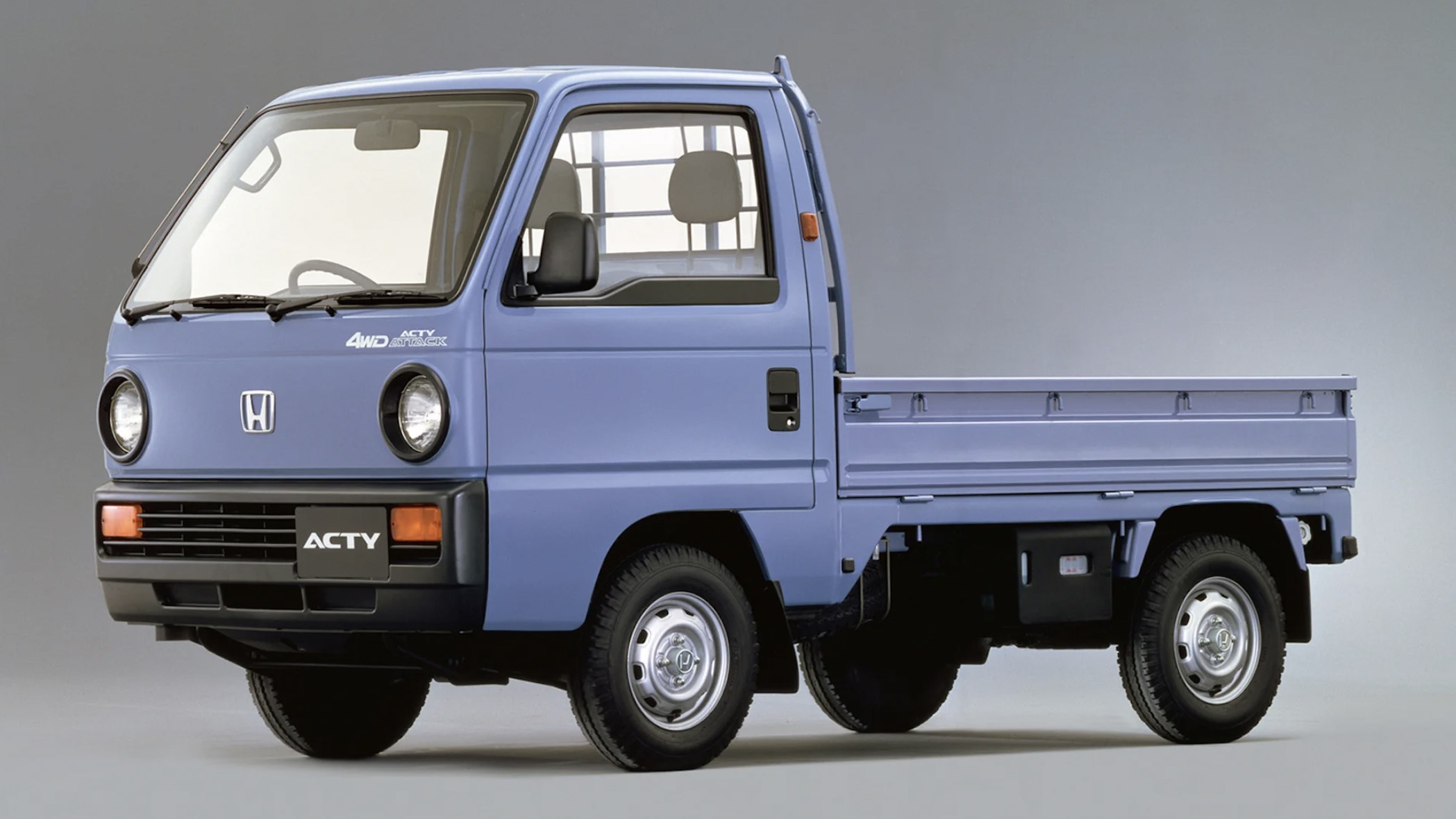Starting with Tires along with Tune-Ups: Complete Kei Truck Maintenance Tips
Owning a mini truck can be a great experience, integrating functionality with a delightful design that stands out on the road. These petite vehicles are not just budget-friendly to purchase, but they are also incredibly versatile, making them a popular choice for city residents, small business owners, and those who value the distinctiveness of these mini trucks. However, like any vehicle, maintaining your kei truck is crucial to guaranteeing it runs smoothly for years to come.
Consistent care and maintenance can help you maximize the most out of your kei truck, preventing potential issues before they occur. From checking the tires to following through with tune-ups, there are several important aspects to consider in order to maintain your truck in optimal condition. In this article, we will discuss important tips for maintaining your kei truck, ensuring it remains trustworthy and set for any experience you may have in mind. Whether you're a veteran owner or fresh to the kei truck lifestyle, these tips will help you stay on top of your vehicle's needs.

Essential Care for Mini Trucks
Routine maintenance is essential for the longevity and performance of your kei truck. Commence with regular inspections of fluids, including engine oil, coolant, and brake fluid. Keeping these fluids at optimal levels reduces engine strain and ensures safe operation. Checking for leaks during these inspections can also help you identify problems before they escalate into major repairs.
Tire maintenance is a further vital aspect of upkeeping your kei truck. Ensure that your tires are inflated to the recommended pressure, as this affects efficiency and handling. Consistently rotating your tires promotes even wear, lengthening their lifespan. Don't neglect to check the tread depth regularly to ensure sufficient traction, especially if you commonly drive in varying weather conditions.
Finally, don't dismiss the importance of scheduled tune-ups. This includes updating air filters, spark plugs, and fuel filters to keep your engine running smoothly. A well-tuned engine not only performs better but also enhances fuel efficiency. Scheduling these tune-ups according to your truck's manual will help avoid unexpected issues and ensure your kei truck remains in optimal condition.
Tire Upkeep and Replacement
Looking after the tires on your kei truck is essential for ensuring optimal functionality and safety. Frequently check the tire inflation, as under-inflated tires can lead to poor fuel efficiency and increased wear. Aim to check the inflation at least once a month and before long trips. In addition, inspect the depth of the tread; worn tires can compromise grip and handling, especially in wet conditions.
Rotation is another essential aspect of tire care. By changing your tires every 6000 to eight thousand miles, you promote uniform wear and prolong their durability. This is particularly important for kei trucks, which frequently carry different loads that can affect tire performance in various ways across every wheel. Always refer to your owner's manual for the suggested rotation scheme.
When it comes time to change your tires, select reputable brands that match your driving requirements. Make sure to consider factors such as weight capacity and tire category, as kei truck s may require specific standards for optimal performance. Regularly changing tires not only enhances the handling and safety of your truck but also contributes to superior fuel efficiency, making it a worthwhile investment in your kei truck's maintenance.
Routine Tune-Ups and Inspections
Routine tune-ups are essential for maintaining your kei truck in top shape. These intervals typically include inspections of the engine, spark plugs, and filters, as well as fluid levels. Adhering to the manufacturer's guidelines for scheduling these tune-ups will ensure that components are replaced or serviced at the right times, helping to prevent more significant issues from arising. Remember that a well-timed tune-up not only improve performance but also boosts fuel efficiency.
Inspections should go hand in hand with your tune-up routine. In the course of these checks, focus on vital systems such as brakes, suspension, and tires. Look for any signs of wear or damage, and address them immediately to prevent safety hazards. Utilizing a checklist can help you keeping track of what needs to be inspected, simplifying to remember specific items such as the condition of belts and hoses, that can deteriorate over time.
Additionally, keeping a log of all services and inspections will assist you in keeping an accurate history of your kei truck’s maintenance. This documentation proves useful not only for your own awareness but can also be beneficial for future resale or trade-in situations. Regular tune-ups and inspections will prolong the life of your kei truck and ensure it remains a reliable vehicle for your daily needs.